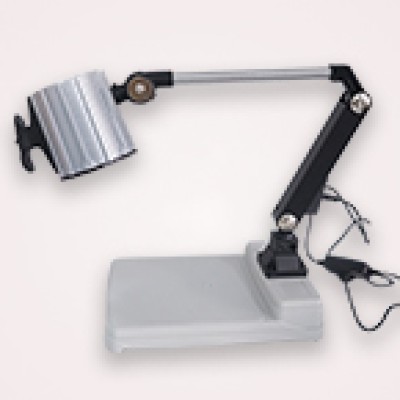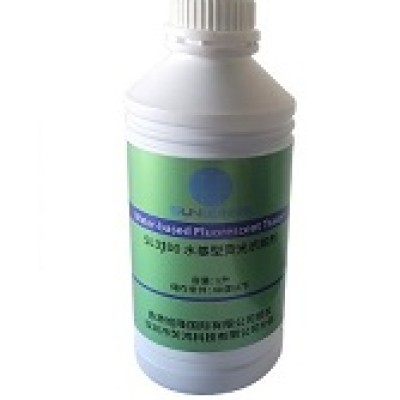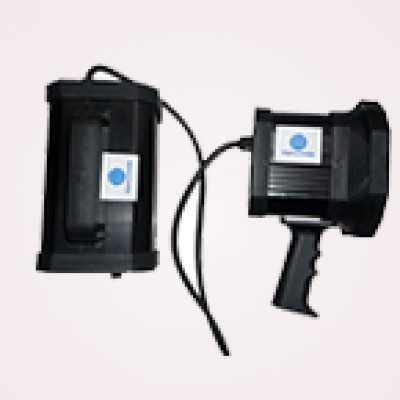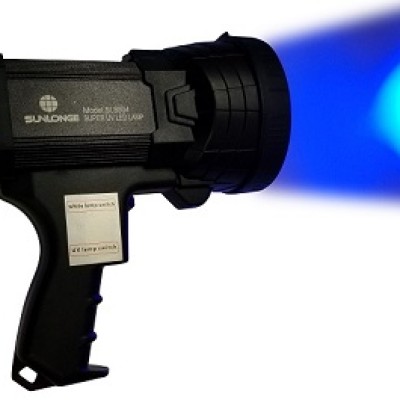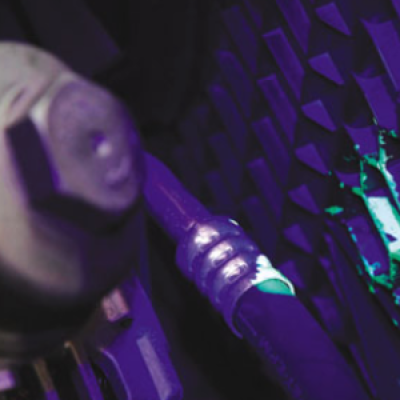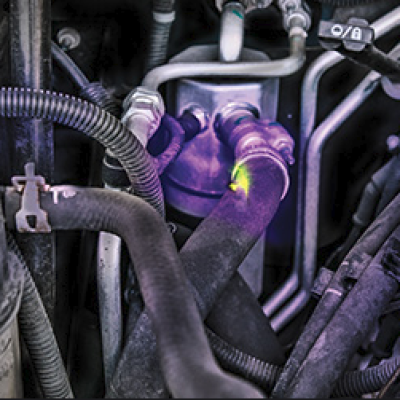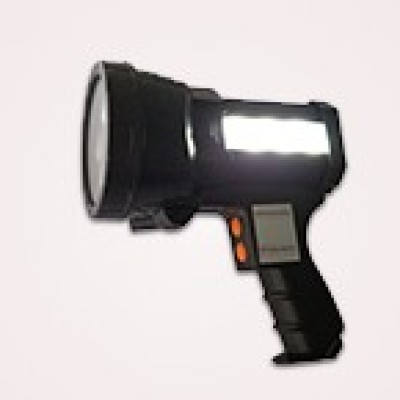SL8300-H UV LED torchlight to success in leak detection
SUNLONGE of Admin
Leaking fluid systems impose a heavy cost on industry. Increased fluid consumption, accelerated component wear, unnecessary production losses, increased slippage and fire safety hazards and fluid containment and cleanup are among the leakage related costs. Leaks are caused by worn or damaged seals, broken lines and hoses, vibration damage, poor component quality, improper installation, material incompatibility problems, etc. Leaked fluid tends to accumulate on surrounding surfaces, making the source of the leak difficult to locate. Without help, finding leaks on a hydraulic system with its many fittings and internal parts can challenge even the most skilled maintenance crew.

One way to make leaks more visible is to use fluorescent dye and SUNLONGE SL8300-H ultraviolet lights that make leaks more apparently visible. This method is becoming widely accepted as a necessary maintenance tool. The fluorescent dye that is used in the process is in liquid form and can easily be added to the fluid in the reservoir. The liquid dye’s molecules are much smaller than one micron in size and, according to tests, present no danger to the host fluid.
Once the dye is added to the system and dissolved into the oil, it travels with the fluid through the fluid paths and exits along with the host fluid through the system’s leaks. The technician then exposes the system to high-intensity ultra-violet light. The fluorescent dye causes the leaks to emit a brilliant yellow glow, allowing the technician to localize the source. The size of the glowing area and its intensity is often indicative of the leak’s severity. Once the leak is effectively localized, the technician is in a position to ascertain its cause and recommend corrective actions.
After repairs are made, an additional inspection should be performed to verify that the repair has been successful and no other leaks exist. Cleaning of equipment prior to inspection is not necessary, as the detection dyes will show up on oil covered surfaces. Dyes will remain active in the system for continuing maintenance until they become overly contaminated or diluted.
As with any technology, both the dye and ultraviolet light should be of sufficient strength to produce the desired results. This method of leak detection is easy to use and requires no special training. In-house maintenance technicians can readily incorporate the technology into their routine scheduled maintenance program. Maintenance managers can also help maintain profitability by using this readily available technology to minimize downtime, prevent emergency overtime, and contribute to a safer and more desirable work atmosphere.

As industry becomes more reliant on hydraulics, better fluid leak management is required to maintain smooth operating efficiency and greater return on investment. Fluorescent dyes are increasingly being used by the industry for detecting costly leaks, and are considered an invaluable part of any comprehensive maintenance program. Are they part of yours? If not, you’re losing money, or rather – throwing it out with the trash.
 CN
CN

